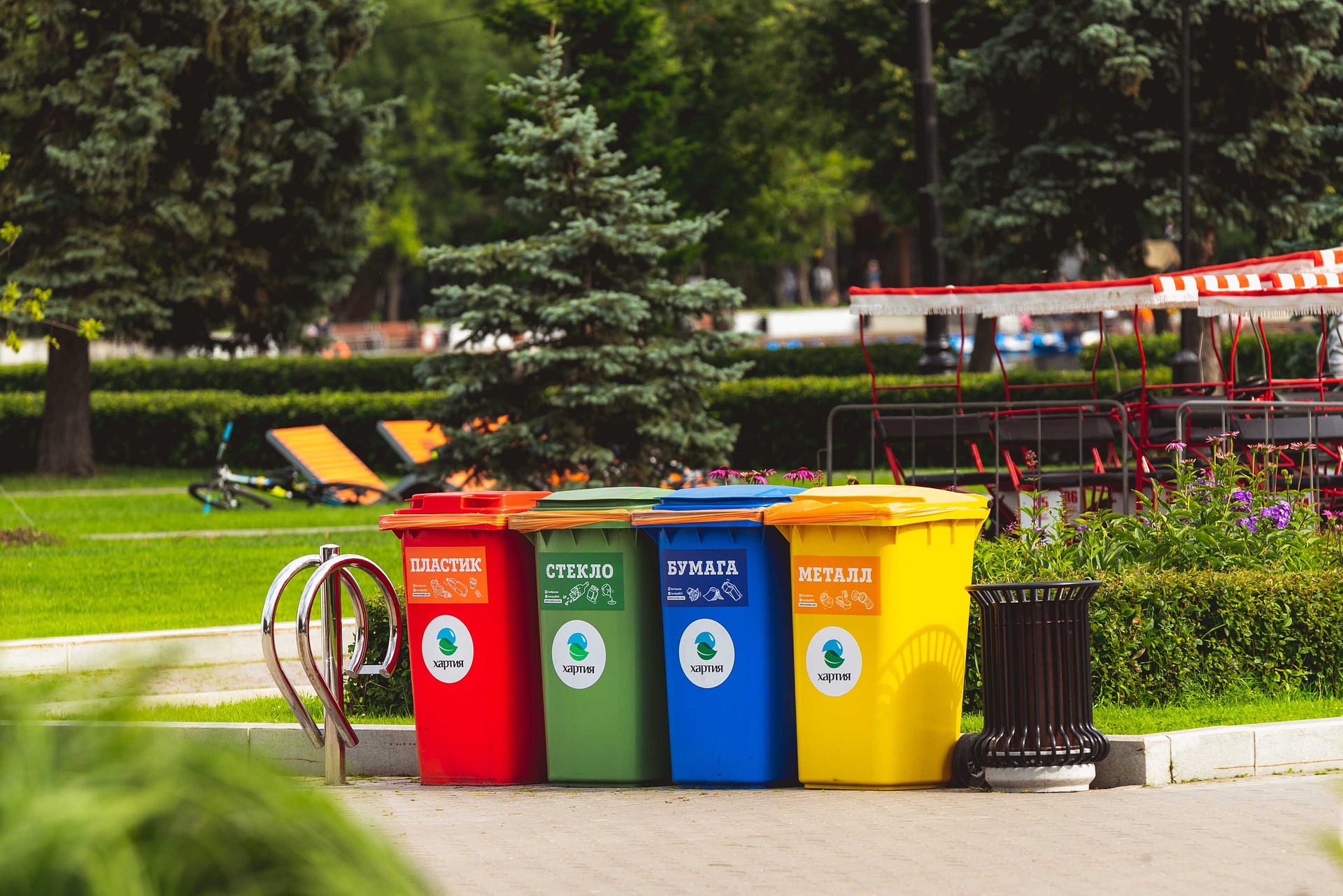Over the last decade, it has become common practice to monitor a customer’s utilization of digital products to provide a better service, mitigate risk and grow opportunities. Many Customer Success teams integrate the utilization of their service into their Customer Health Score calculation.
Due to huge technological advancements in recent years with cloud technology and the introduction of better communication methods such as LoRaWan and 5G, utilization doesn’t have to only be monitored in a digital setting.
Measuring the Utilization of Physical Products
Some companies such as Epson have been early adopters in this area. In 2019 Epson launched ReadyInk with Amazon Dash Replenishment. ReadyInk monitors the ink levels of a registered printer. When a cartridge gets low, Amazon Dash automatically delivers a replacement cartridge.
Epson had a head start to some degree as they controlled the software on their printers, and were able to leverage the fact that most printers are connected to the internet.
However, now, through the reduction of entry-level costs of sensors, IoT devices, and Cloud Computing, it is the perfect combination to drive advancements to measure customer utilization in a physical world.
Measuring physical product utilization is beneficial for a number of reasons:
- It enables companies to provide better service.
- Provide useful stats to customers about their product usage.
- It can reduce wastage and a products carbon footprint.
- It can drive future business decisions and innovation.
Reduce Waste through measuring product utilization

Take for example a commerical waste company that provides general bins and recycling bins to commerical buildings. At present, they may empty the bins once a week, 52 weeks of the year. Sometimes, the bins are almost empty, while other times they are full.
If the waste company were able to detect how full a bin was at anytime, it could base its routes based only on need, reducing down the number of collections. Often these business models charge their clients based on the bin size and number of collections. Customers who do not reguarly fill their bin would benefit from reduced collections leading to reduced bills. Customers who regularly fill their bins could be upsold to a bigger bin rather than increased collections. Increasing the revenue from that client while reducing the carbon cost of collection.
There are many examples where knowing the utilisation of a physical product can help not only improve customer experience, but reduce wastage. Automatic stock replenishment is another great example.
